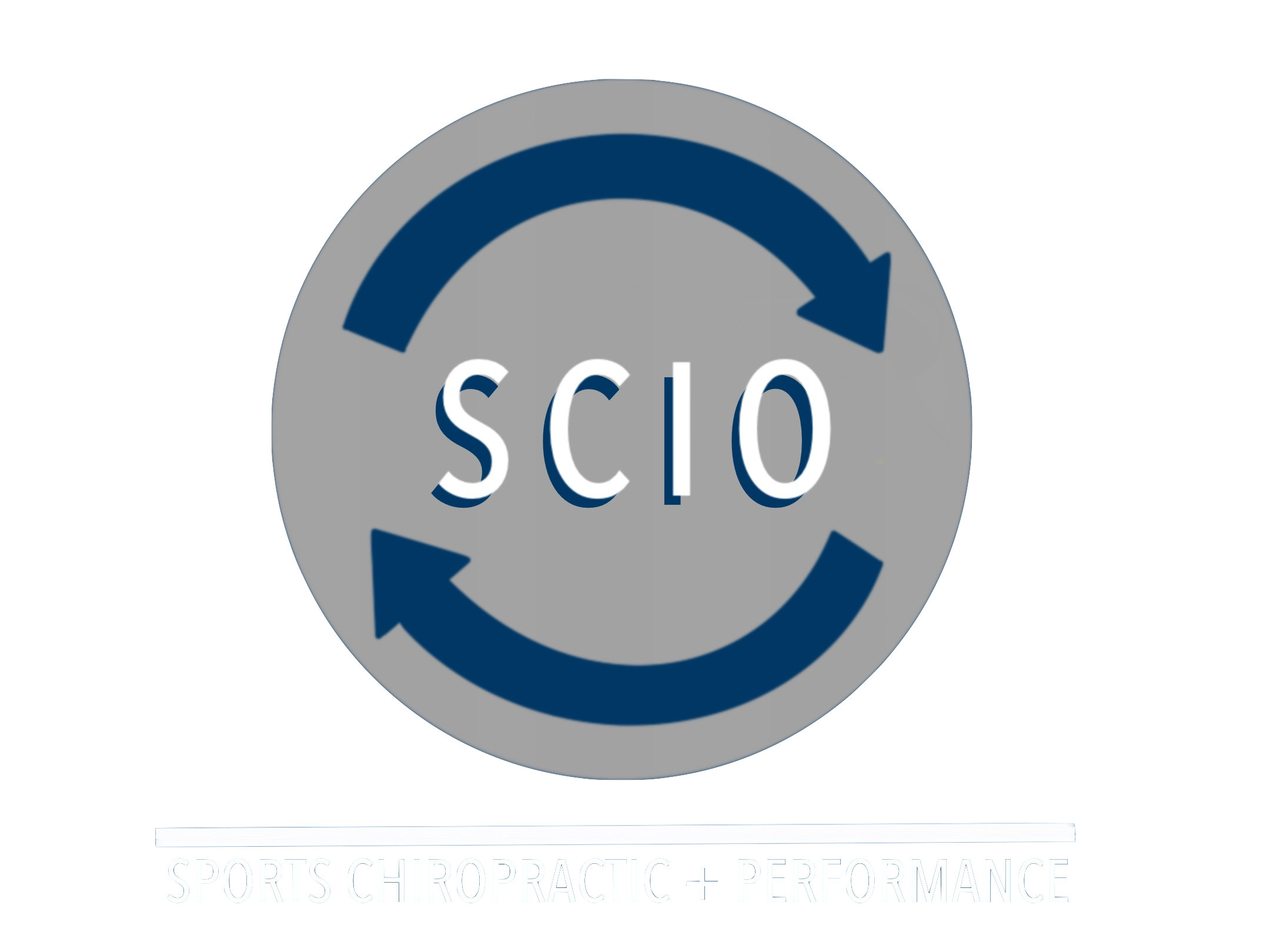Treatment Spotlight: Spinal Manipulation Pt. II
In this last informative post we took a look at some basic and fundamentals of spinal manipulation as well as what general categories of conditions the technique allows chiropractors to treat. Today, we’ll be going a little more in depth into certain conditions and examine how spinal manipulation is specially suited to treating them.
Whiplash
Ever slip on a patch of ice, slam forward on a roller coaster, or get stuck in a car collision? These are some scenarios that might give you whiplash, an injury that results with sudden backwards movement of the neck and head quickly followed by a sudden forward movement. This type of injury typically affects the joints, discs, ligaments, and muscles in your neck and can leave you with symptoms of stiffness, headache, dizziness, burning sensations, neck pain, and upper back pain. The sudden movement directly affects your spine and can trap spinal discs, pinch nerves, or leave joints in an undesirable position. Spinal manipulation allows these forced and painful positions to be readjusted to their normal positions granting space to your discs, relieving tension trapped nerves, and safely allowing your joints to move normally.
Whiplash injuries can cause muscular strains, ligament sprains, and varying pain patterns from local tightness to radicular numbness.
Cervicogenic Headaches
Our spines are sturdy and complex structures but everyday wear and tear from poor posture, sleep difficulties, and muscular stress can definitely create a toll on our bodies over time. Cervicogenic headaches can be a result of a number of stresses with similar structures talked about in whiplash. The result of these affected structures, such as compressed or pinched nerves, stiff joints, damaged disks, and so on is chronic headaches that can typically feel like migraines. Accompanying these strong headaches/migraines are symptoms such as stiff neck, dizziness, blurred vision, sensitivity to light and sound, and even problems with mobility. As with most situations treatment is a case by case basis, however, similar to treatment for whiplash, using spinal manipulations for Cervicogenic headaches has shown to be very effective by helping realign muscles and ligaments, loosening stiff joints, and decompressing nerves and discs allowing for less pain, decrease in symptoms, and increased movement.
Cervicogenic headaches present with replicable tension throughout the upper neck and across the side of the head to the forehead region.
Degenerative Disc Disease
We’ve talked about discs a lot, basically little fluid filled pads in your spine that absorb shock to your spine. These disks can often slip out from their spaces and compress nerves or cause pain, but over time these disks can begin to compress or thin due to a number of circumstances. This is what Degenerative Disc Disease encompasses and it can cause some significant pain. While there isn’t a cure per se, treatments definitely exist to help alleviate pain and symptoms. One such treatment is spinal manipulation as well as flexion-distraction can be employed by your chiropractor to help treat your symptoms.
Disc degeneration is very common among the general population and should not limit function and every day life, unless the case is severe.
Thoracic Outlet Syndrome
Thoracic outlet syndrome (TOS) can be an occurrence with athletes in contact sports but can also affect other populations as well. A bundle of nerves and blood vessels called the brachial plexus branches from your spine and spreads across your upper body and down into your arms. The brachial plexus is responsible for providing you with movement and sensation to your entire upper body all the way down to your fingertips. TOS occurs when this bundle becomes entrapped or impinged at some point along the path of the upper body. This can result from bad posture or improper posture, or anatomical anomalies. Given the variety of nerves and blood vessels in different locations supplied by the brachial plexus, symptoms of thoracic outlet syndrome are varied and can included dull to sharp pain, numbness, tingling, fatigue, weakness, lack of motion, heavy limbs, weak pulse, and so on. These symptoms can also appear suddenly or over time as well and it’s significantly easier to treat if caught early. Very much like we covered in some of the previous conditions, spinal manipulations are a great way to ‘reset’ the body to normal positions and functioning which is especially useful for nerve impingements that cause TOS.
Symptoms shown above are becoming more and more prevalent with sedentary lifestyles, desk jobs, and compromised work-from-home environments.
That’s it for our in depth look in some conditions very treatable by spinal manipulations. Have any lingering questions about how spinal manipulations may be able to help you? Please feel free to ask on your next visit to the office!




